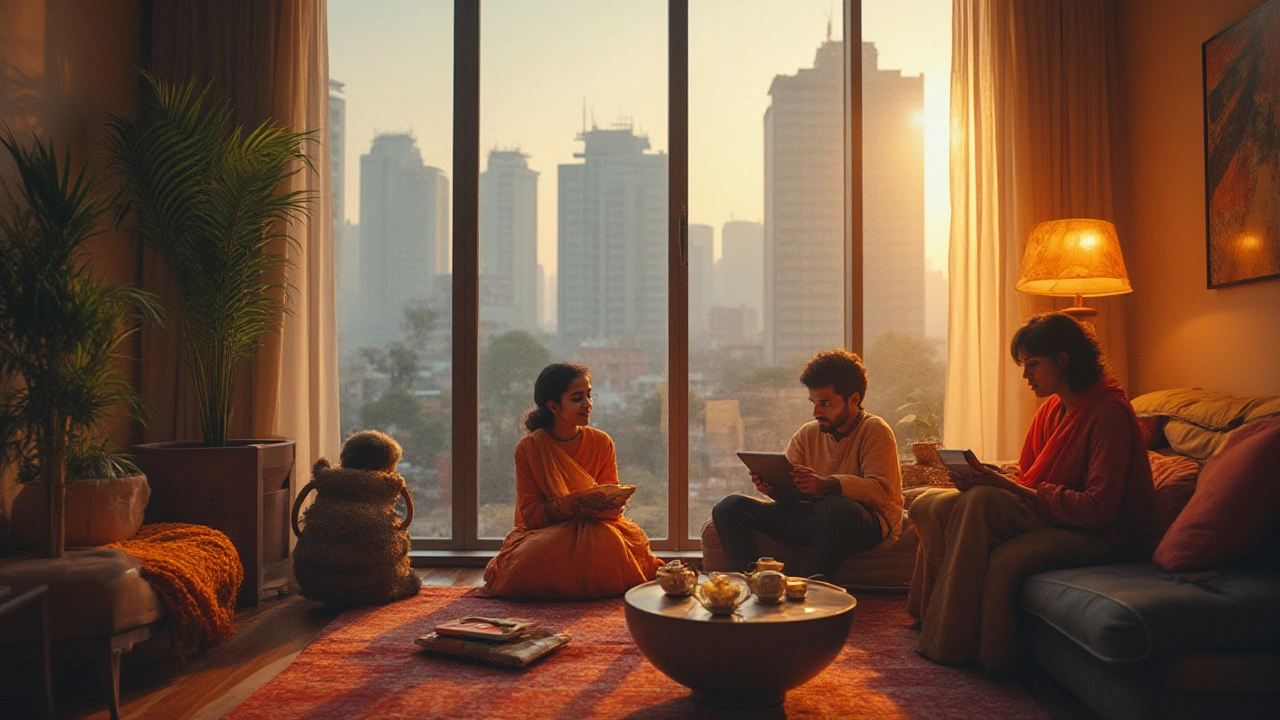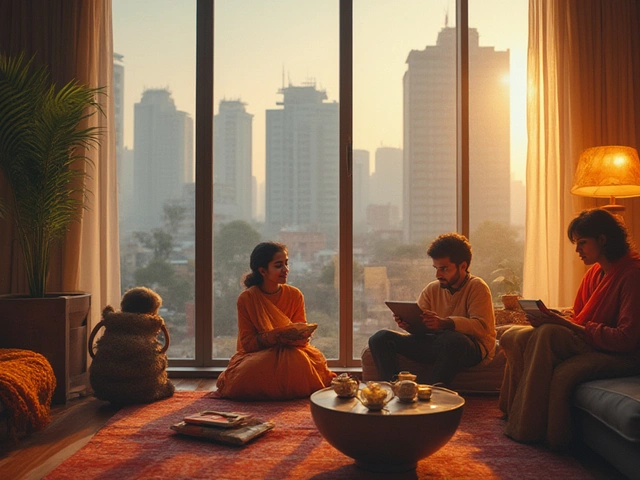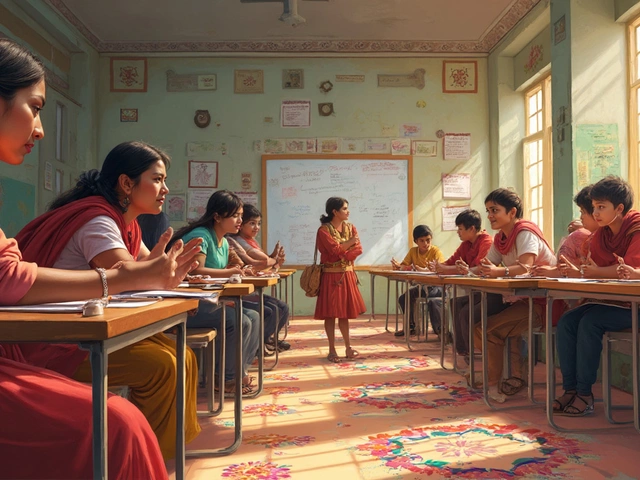Indian Cost of Living in 2025 – A Practical Snapshot
Thinking about moving to India or just curious how far your rupee goes? The cost of living here varies a lot by city, lifestyle and even the time of year. Below we break down the biggest expense buckets – rent, food, transport and utilities – so you can see what a realistic monthly budget looks like.
Rent and Housing
Rent is the single biggest factor. In Tier‑1 metros like Mumbai, Delhi and Bengaluru, a one‑bedroom apartment in a decent neighborhood costs anywhere from ₹25,000 to ₹55,000 per month. If you’re okay with a shared flat or a studio, you can drop that to ₹12,000‑₹20,000. Smaller cities such as Jaipur, Pune or Kochi are kinder to your wallet – a similar space runs around ₹10,000‑₹25,000.
Look beyond the monthly rent: electricity, water and internet add another ₹2,000‑₹5,000. Many landlords bundle these utilities, so always ask what’s included before signing.
Food and Daily Essentials
Eating out in a street‑food stall is cheap – a plate of dosa or a bowl of chaat costs about ₹30‑₹80. Mid‑range restaurants charge ₹300‑₹800 for a two‑person dinner. If you cook at home, a basic grocery basket (rice, dal, vegetables, spices, milk) for one person averages ₹3,000‑₹4,500 per month.
Milk, eggs and seasonal fruits stay affordable, but imported items spike quickly – expect to pay 2‑3 times more than local produce.
Transport and Mobility
Public transport is a lifesaver. Metro tickets in Delhi or Mumbai are ₹20‑₹60 per ride, while a monthly pass can be under ₹1,000. Buses are even cheaper, often under ₹500 for unlimited travel in a city.
If you prefer two wheels, a scooter costs around ₹10,000‑₹15,000 for a decent model, plus ₹600‑₹1,200 per month for fuel. Ride‑hailing apps (Ola, Uber) are convenient but can add up – a short city ride usually costs ₹100‑₹250.
Utilities, Internet and Entertainment
Electricity bills fluctuate with AC use. In summer, expect ₹1,500‑₹3,000; in cooler months, it drops to ₹800‑₹1,500. Mobile data plans are competitive – 1 GB / day plans start at ₹250‑₹400 per month.
Streaming services (Netflix, Amazon Prime, Disney+) together cost about ₹300‑₹500 monthly, a small price for unlimited movies and series.
How to Stretch Your Salary
1️⃣ Choose a Tier‑2 city if you can work remotely – rent and food are 30‑40% cheaper. 2️⃣ Use cash‑back offers on grocery apps; they can shave off up to 10% of your monthly spend. 3️⃣ Carpool or use a bike‑share program; it reduces fuel costs dramatically.
Remember, salaries in India differ by industry and location. A software engineer in Bangalore might earn ₹12‑₹20 LPA, while a teacher in a Tier‑3 town may earn ₹3‑₹5 LPA. Match your job expectations with the city’s cost profile to avoid feeling stretched.
Bottom line: Indian cost of living is not a one‑size‑fits‑all number. By zeroing in on rent, food, transport and smart budgeting tricks, you can enjoy a comfortable lifestyle without burning a hole in your pocket.





